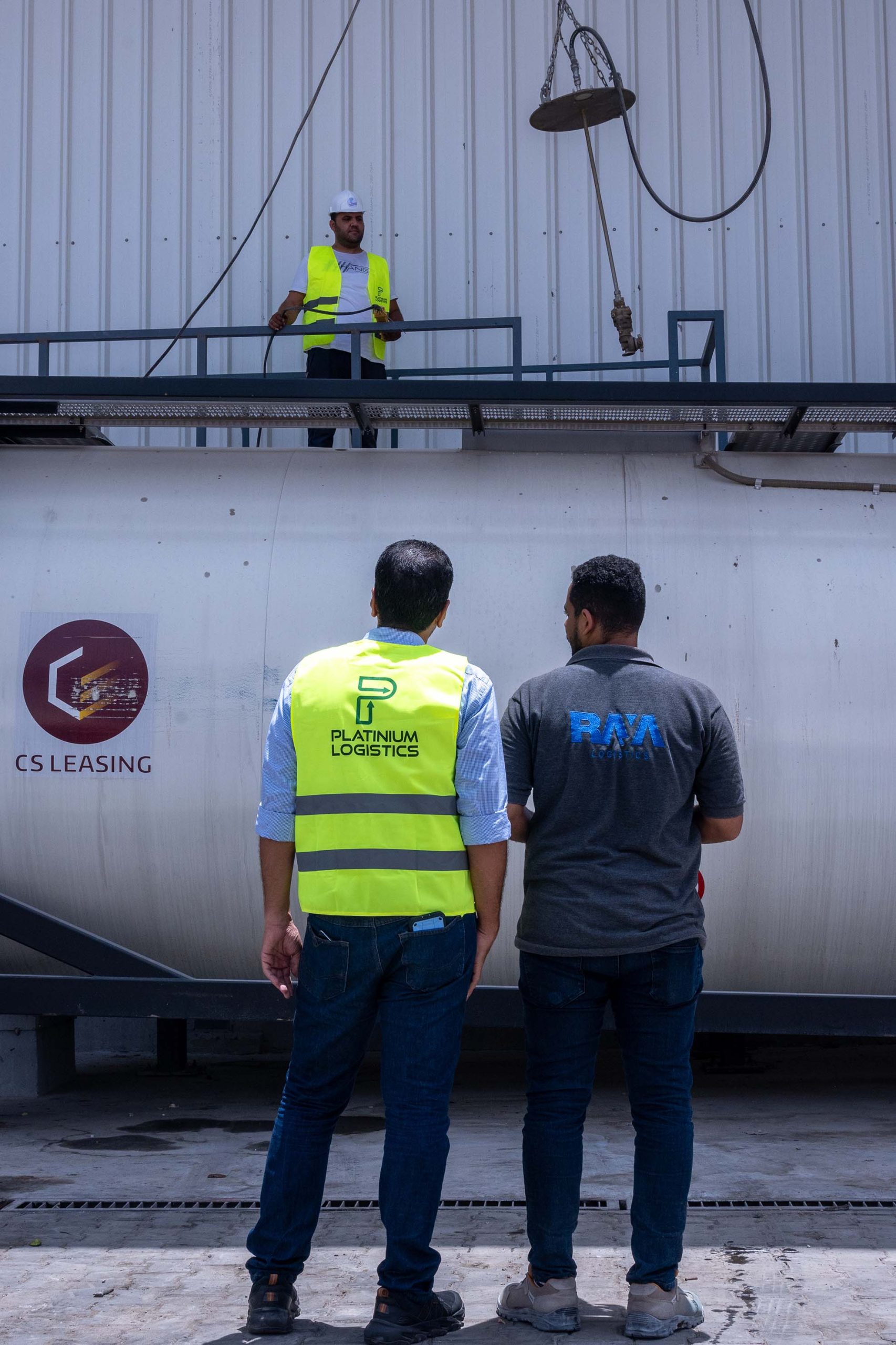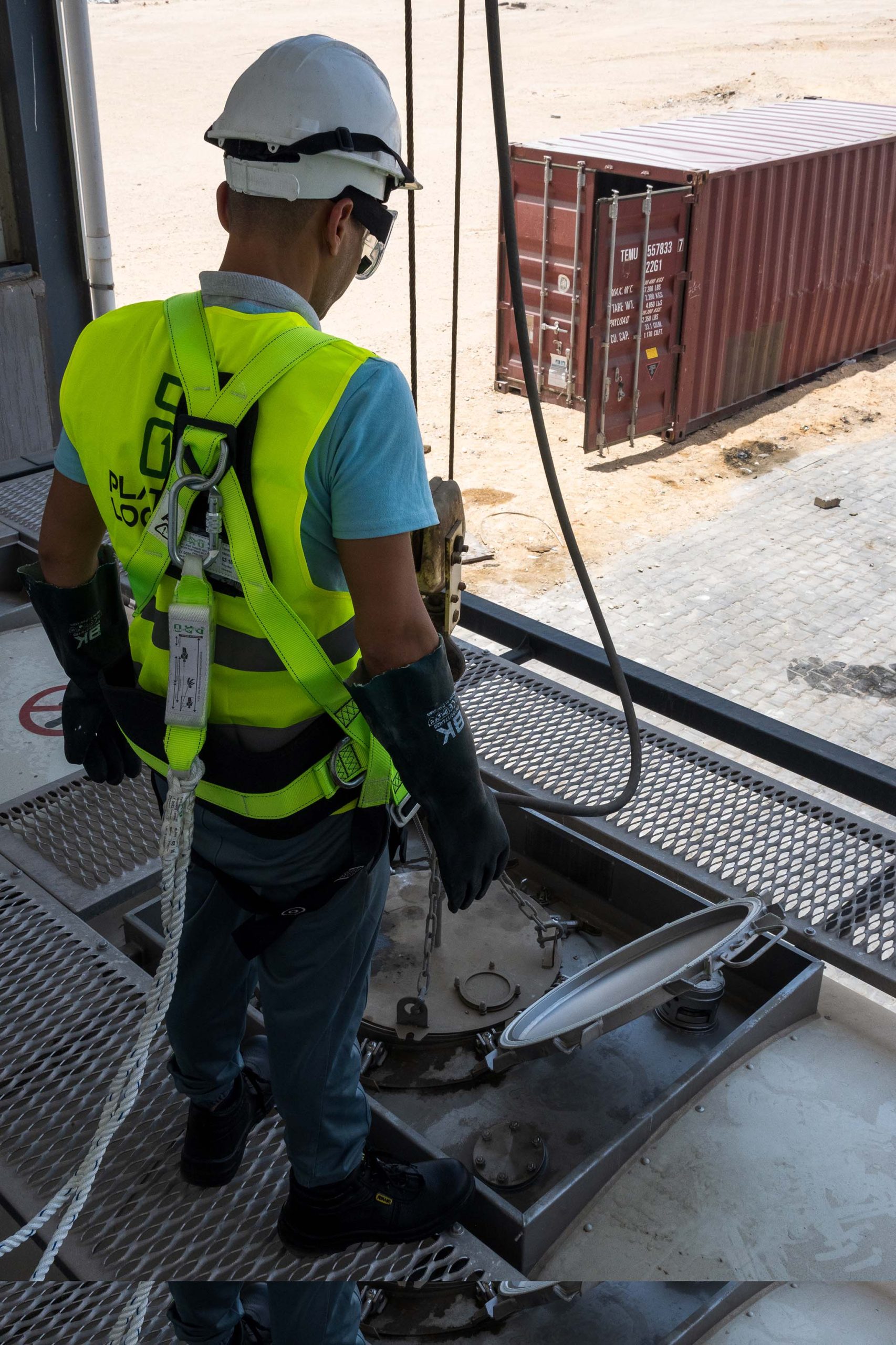Cleaning
Cleaning an ISO tank requires adherence to strict standards to ensure safety and compliance with regulations. Here’s a general process for cleaning an ISO tank:
- Preparation:
• Ensure all necessary safety equipment is available, such as protective clothing, gloves, goggles, and respiratory protection.
• Verify that the tank is properly depressurized and ventilated.
• Check that all valves are closed and securely capped. - Inspection:
• Inspect the tank for any signs of damage, leaks, or residues from previous cargoes.
• Record any findings and report any issues to the appropriate personnel. - Draining:
• Drain any remaining product or residue from the tank into approved containers or disposal systems.
• Use appropriate pumps, hoses, and equipment for safe drainage. - Cleaning:
• Rinse the tank interior thoroughly with hot water or a cleaning solution approved for the cargo previously carried.
• Use high-pressure washers or steam cleaning equipment to remove stubborn residues.
• Scrub the interior surfaces manually if necessary, paying attention to corners and crevices.
• Ensure all cleaning agents used are compatible with the materials of construction of the tank and approved for use in food-grade or hazardous material environments, depending on the cargo. - Sanitization (if applicable):
• If the tank previously carried food-grade or pharmaceutical products, perform a sanitization process according to industry standards.
• Use appropriate sanitizing agents and ensure they are thoroughly rinsed from the tank after application. - Drying:
• Allow the tank interior to dry completely to prevent moisture-related issues and microbial growth.
• Use fans or other drying equipment if necessary to expedite the drying process. - Final Inspection:
• Conduct a final visual inspection of the tank interior to ensure it is clean, dry, and free of any residues or contaminants.
• Document the cleaning process, including any cleaning agents used, inspection findings, and any corrective actions taken. - Certification:
• Once the tank has been thoroughly cleaned and inspected, certify its cleanliness and suitability for the next cargo.
• Issue necessary documentation and certificates as required by regulatory agencies and industry standards. - Reassembly:
• Reassemble any components removed during the cleaning process, such as valves, gaskets, and seals, ensuring they are properly installed and tightened. - Post-Cleaning Procedures:
• Dispose of cleaning waste and wastewater according to environmental regulations.
• Store cleaning equipment and materials properly for future use.
• Ensure all personnel involved in the cleaning process follow proper safety procedures and protocols.



